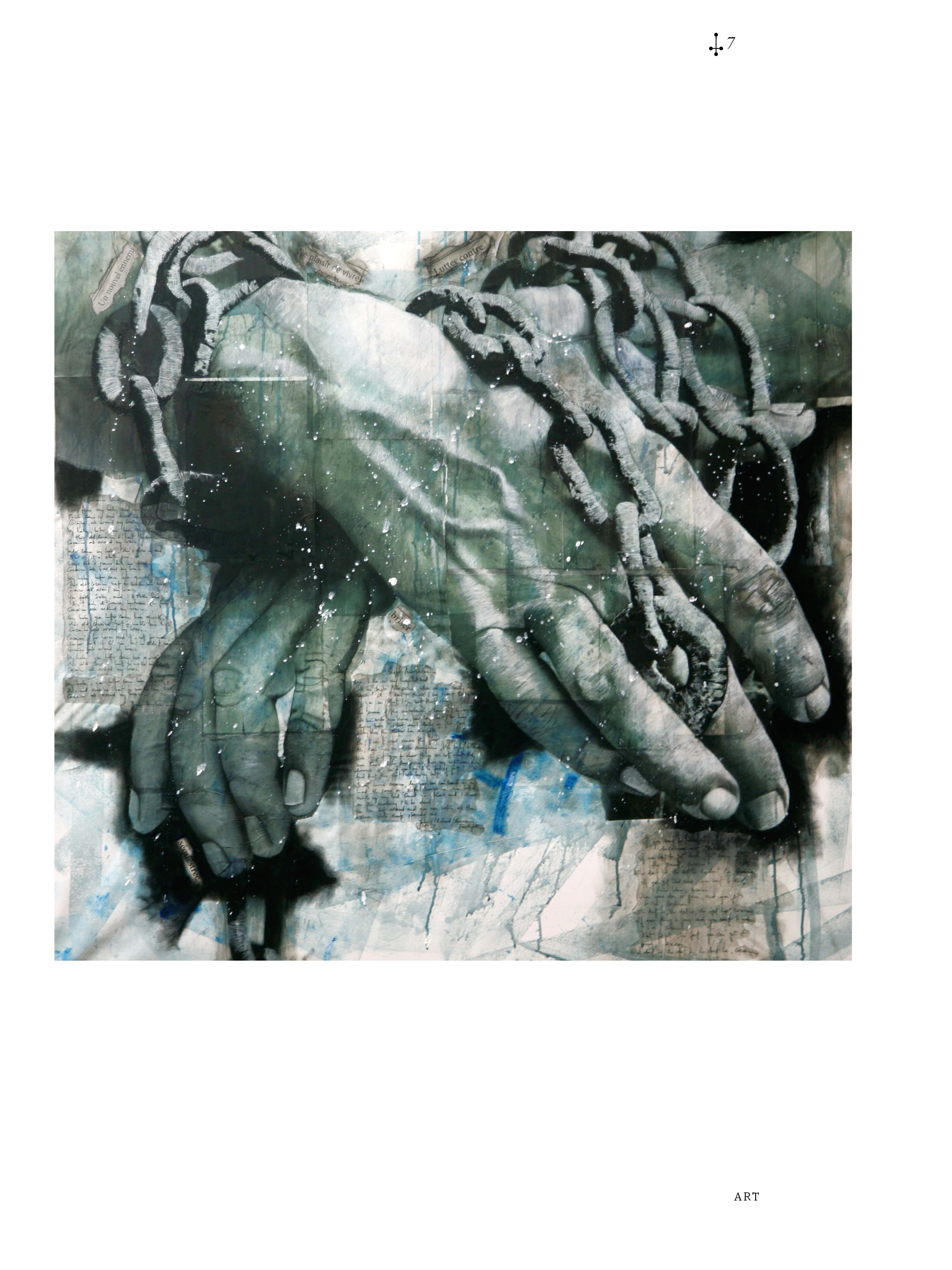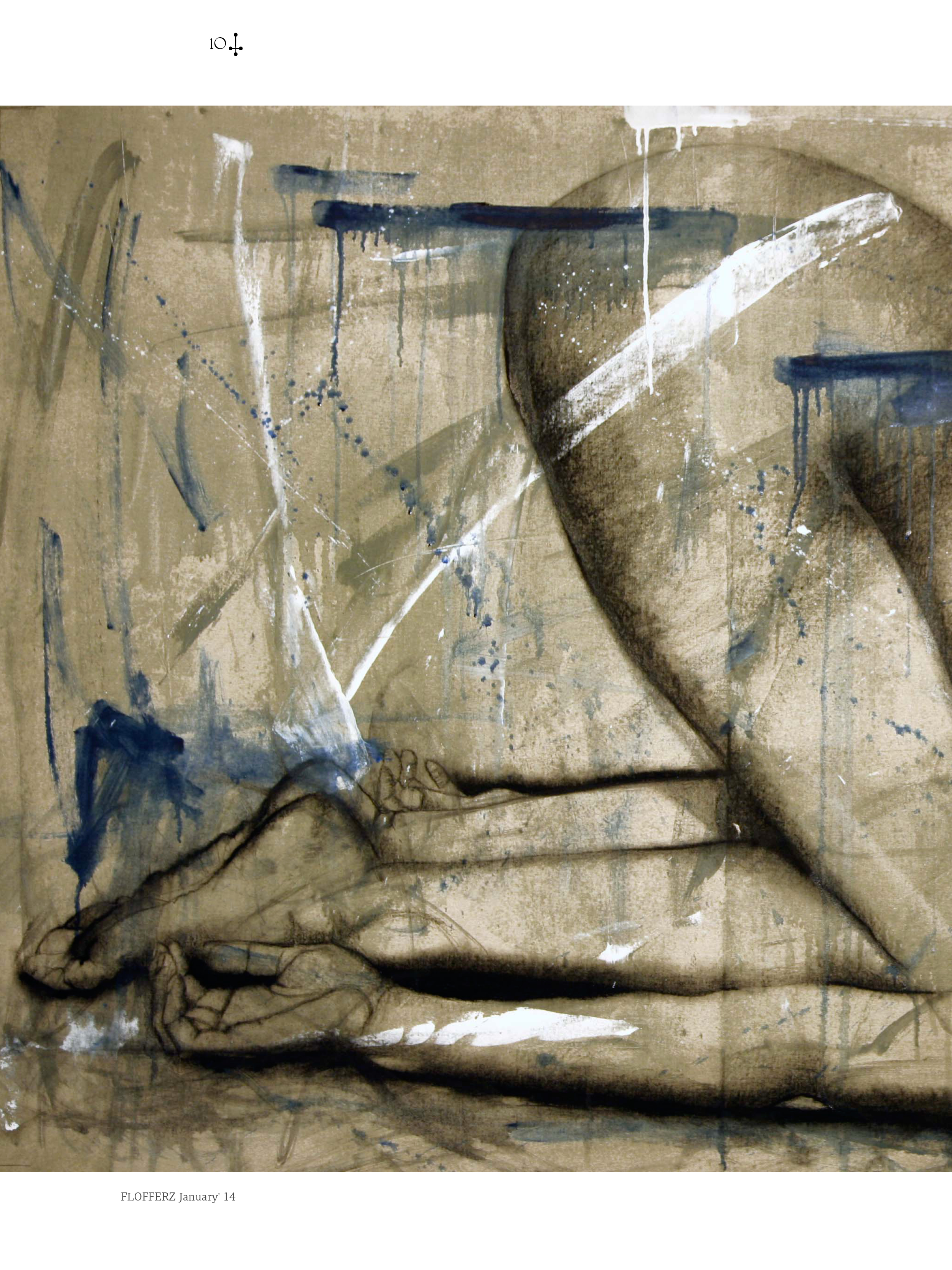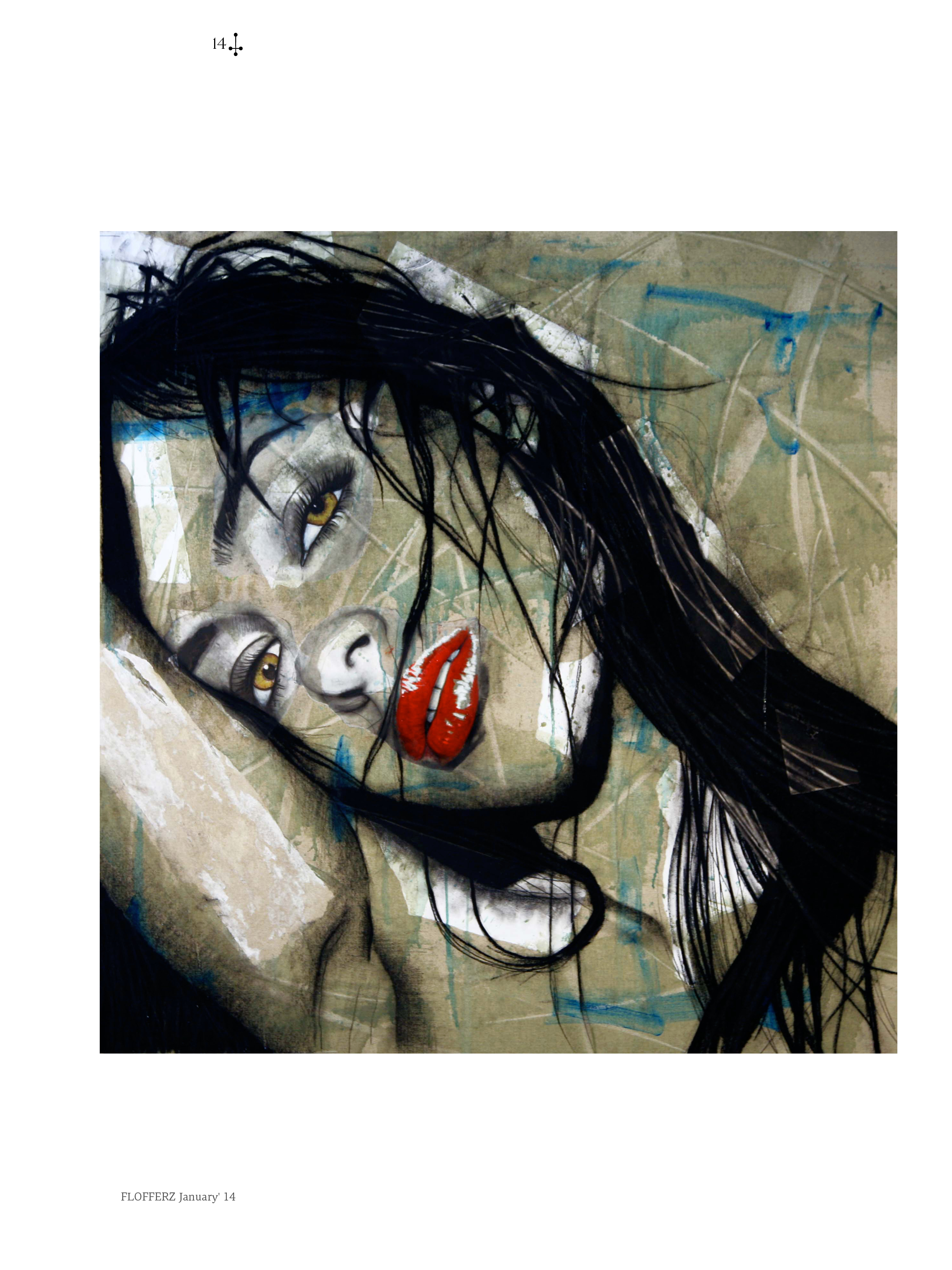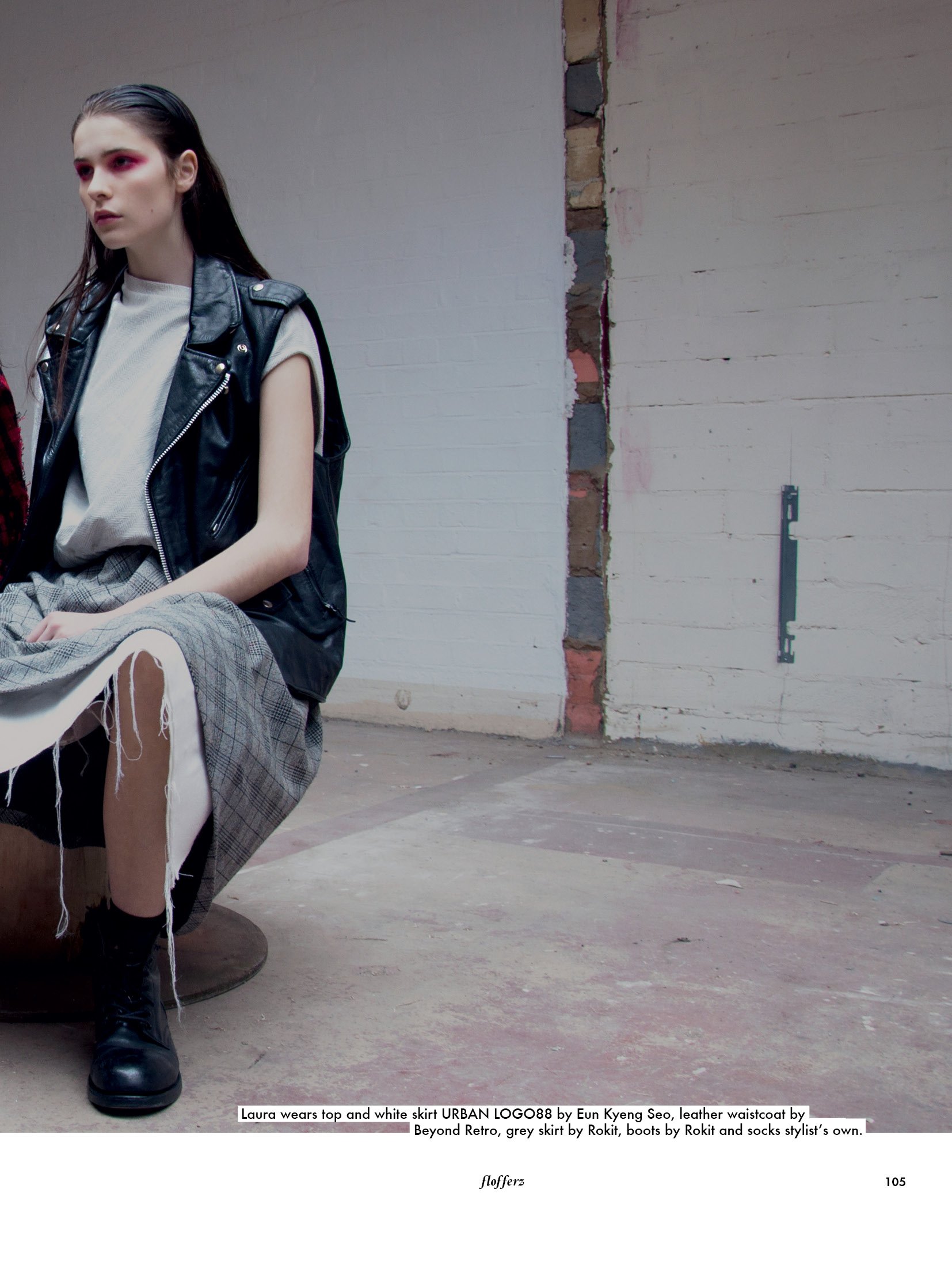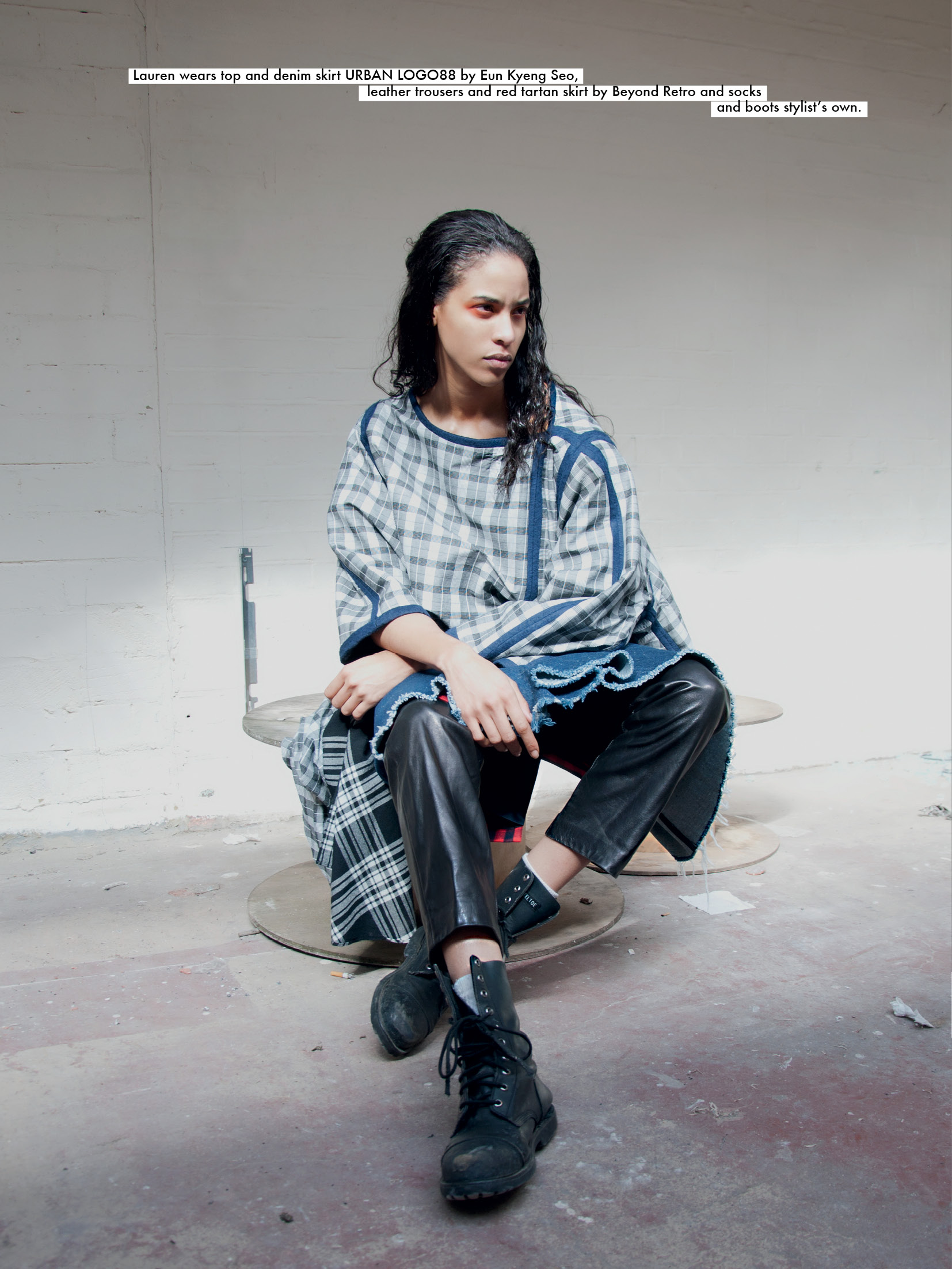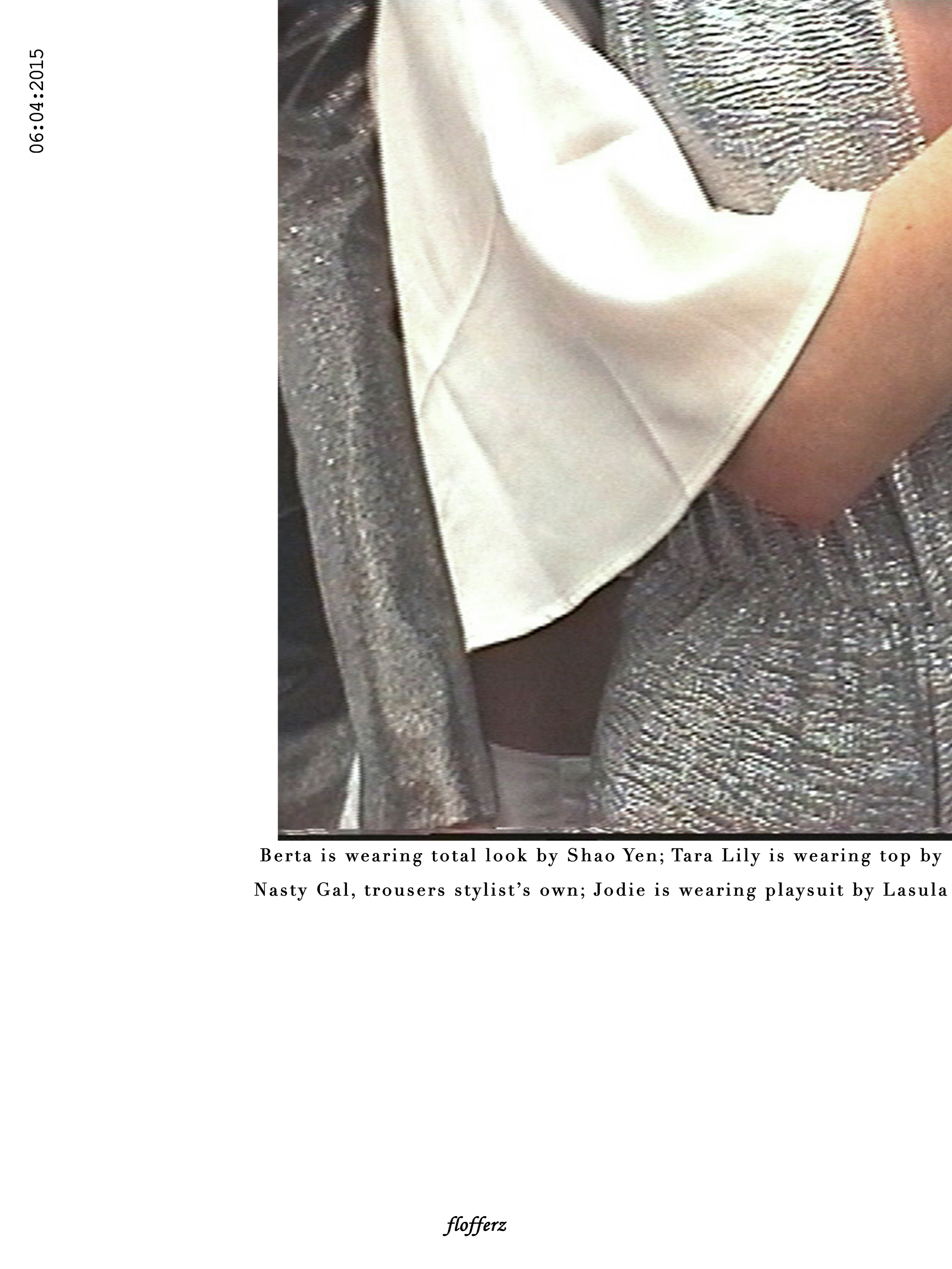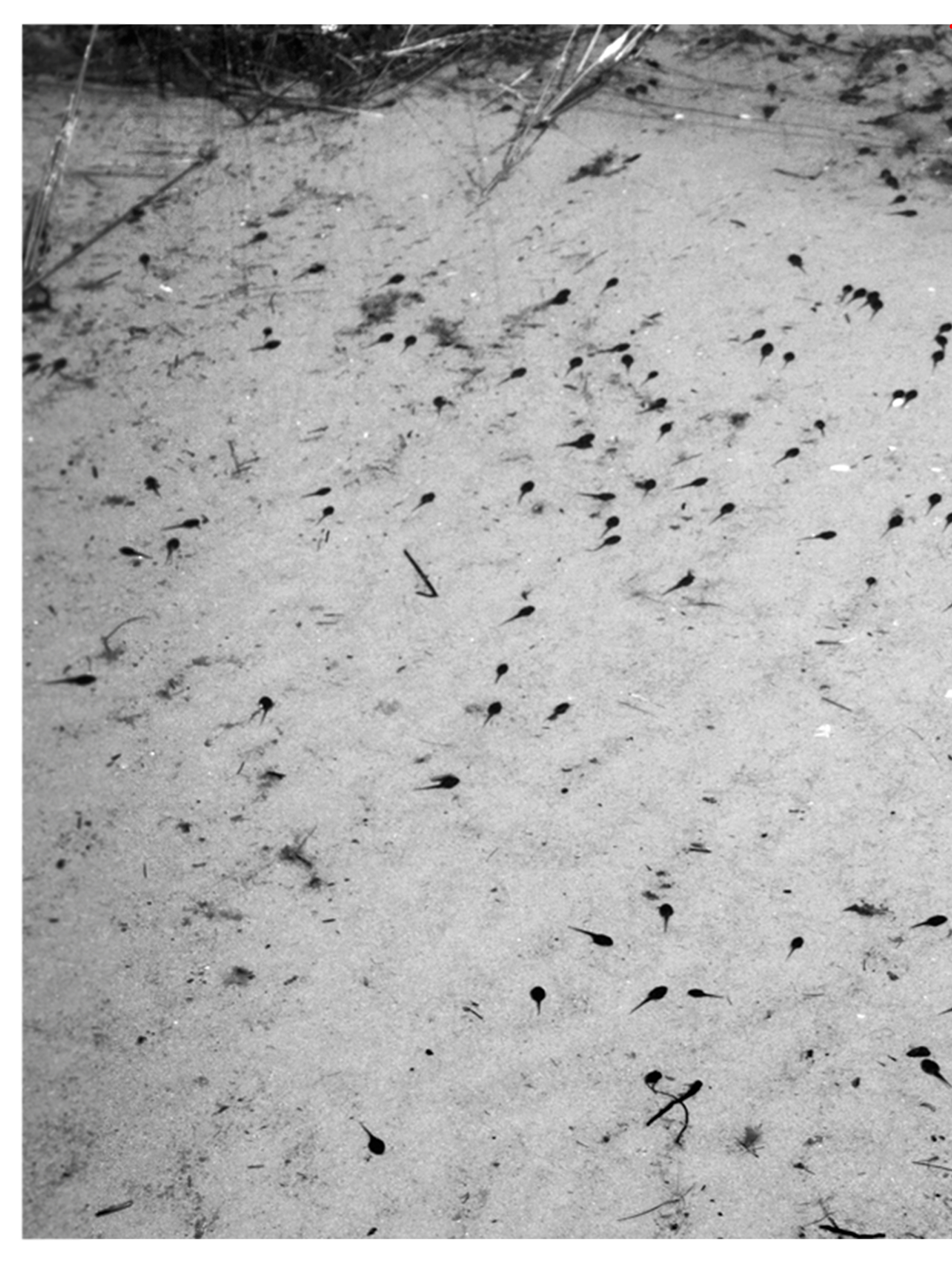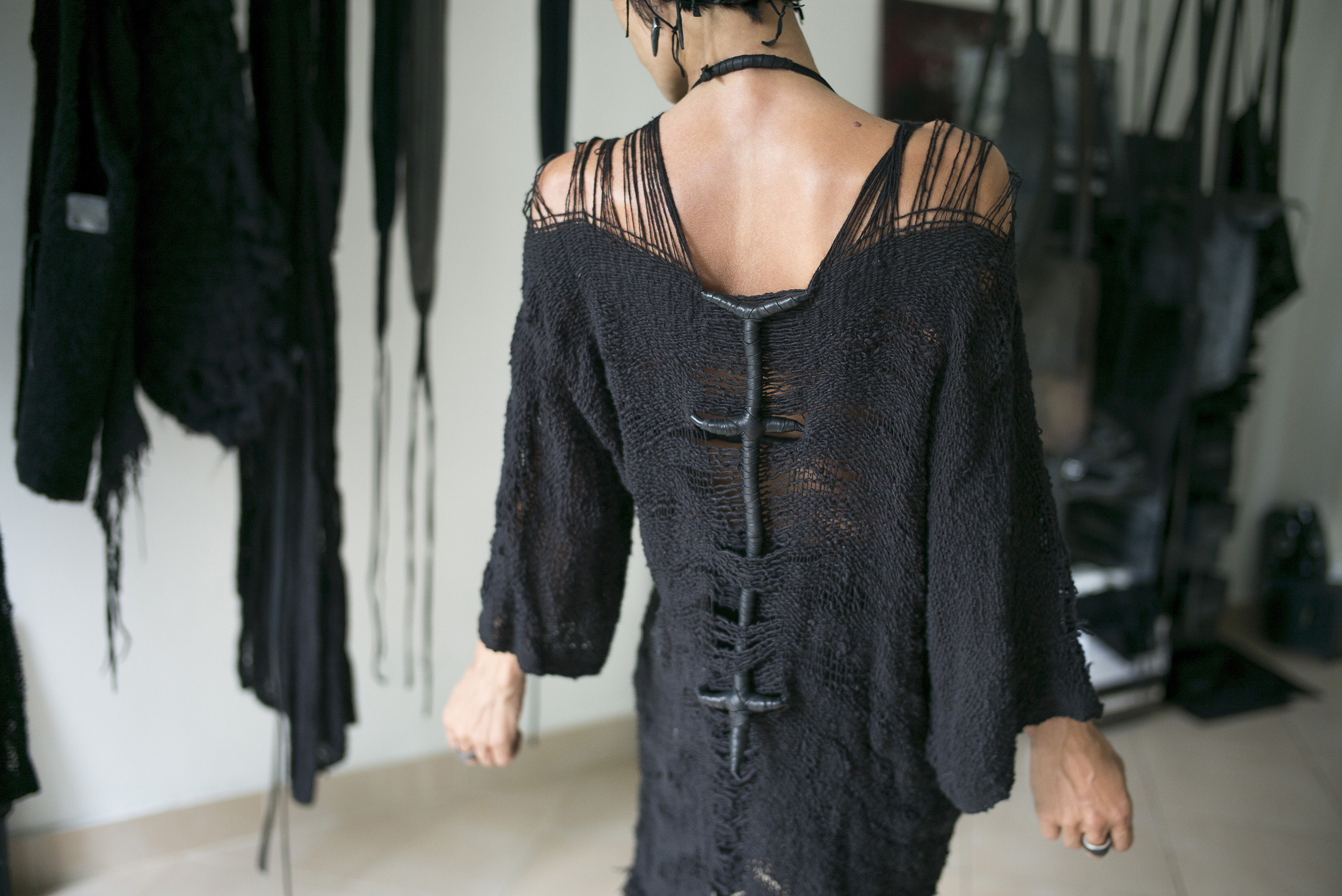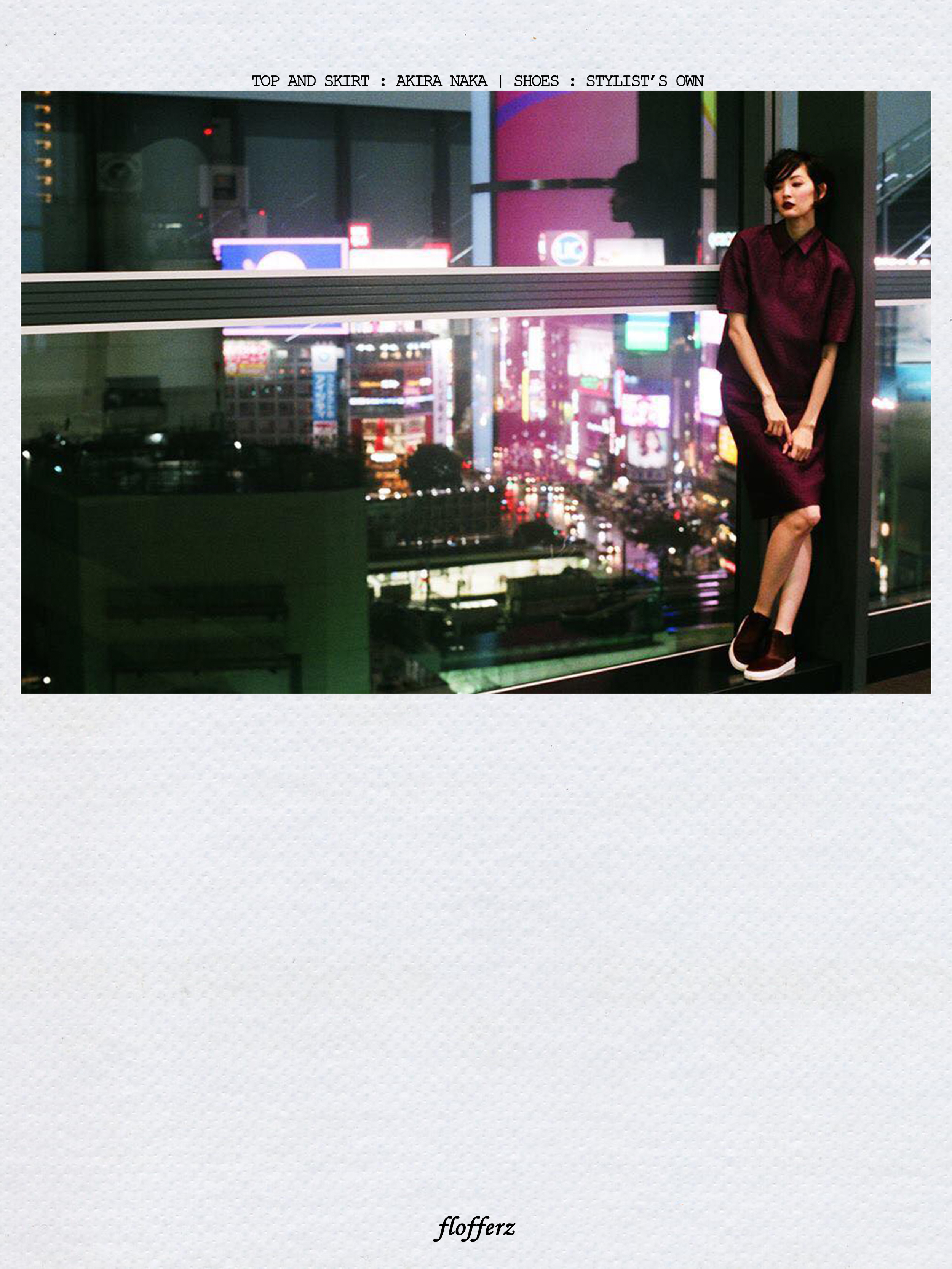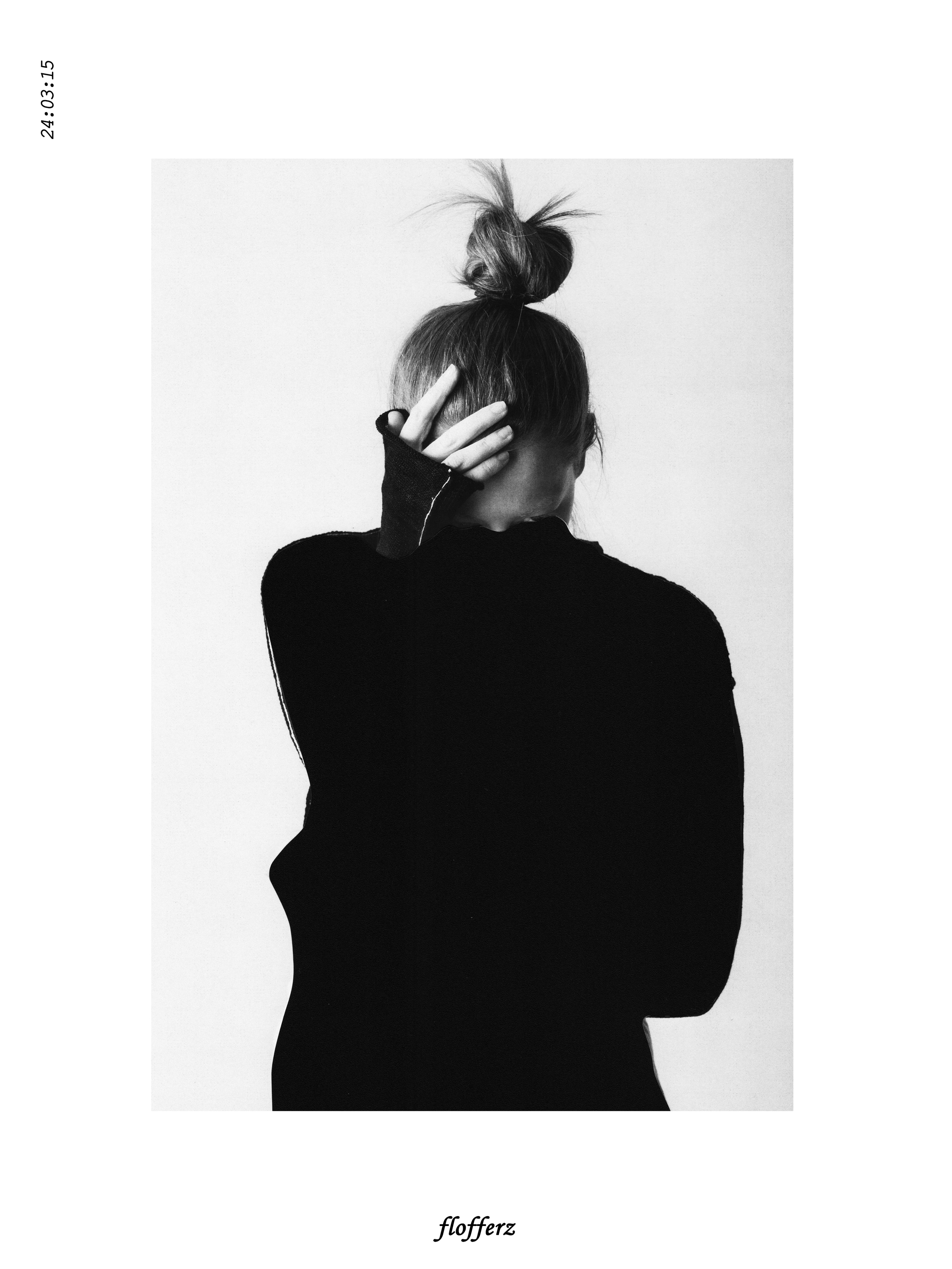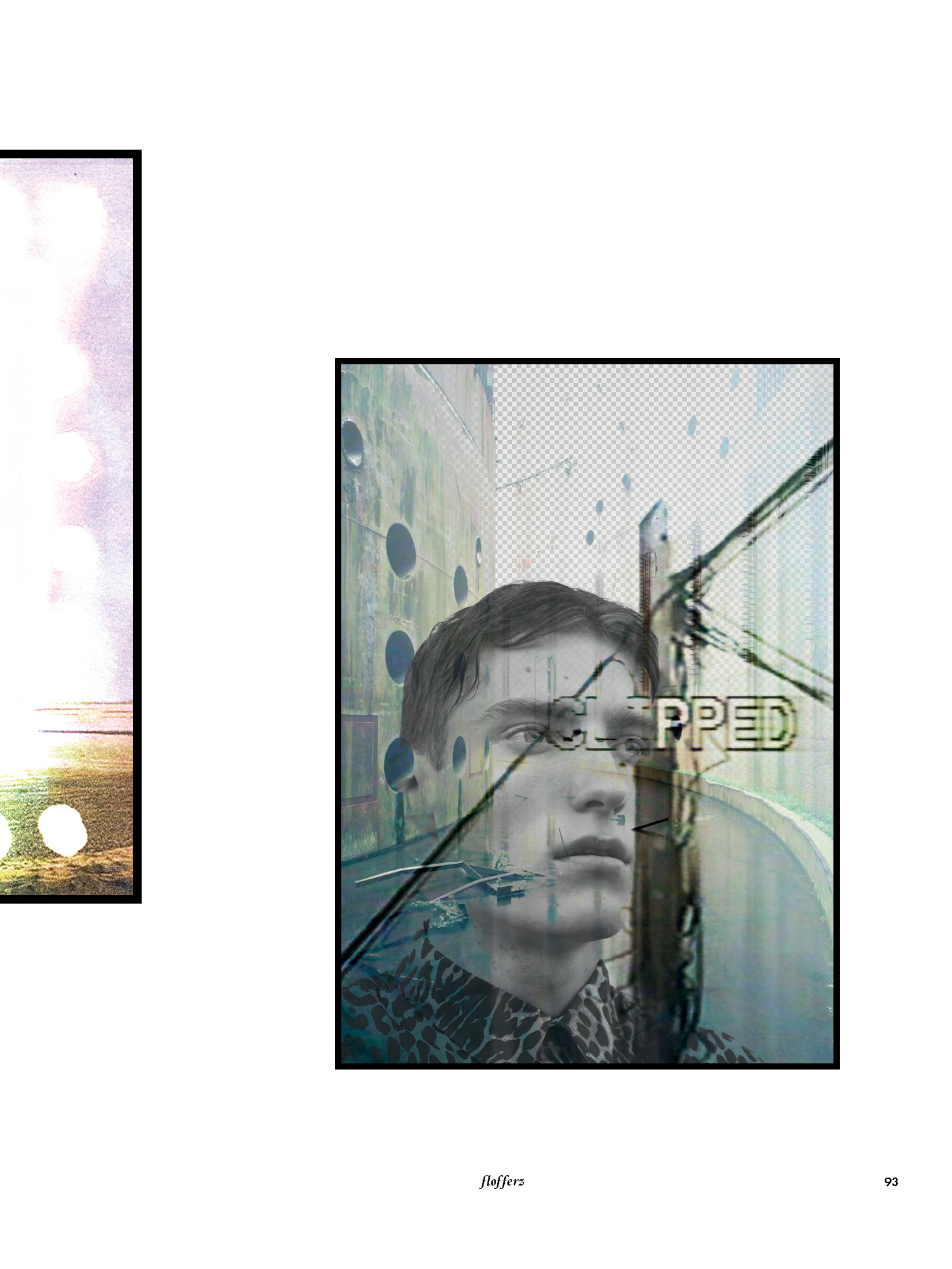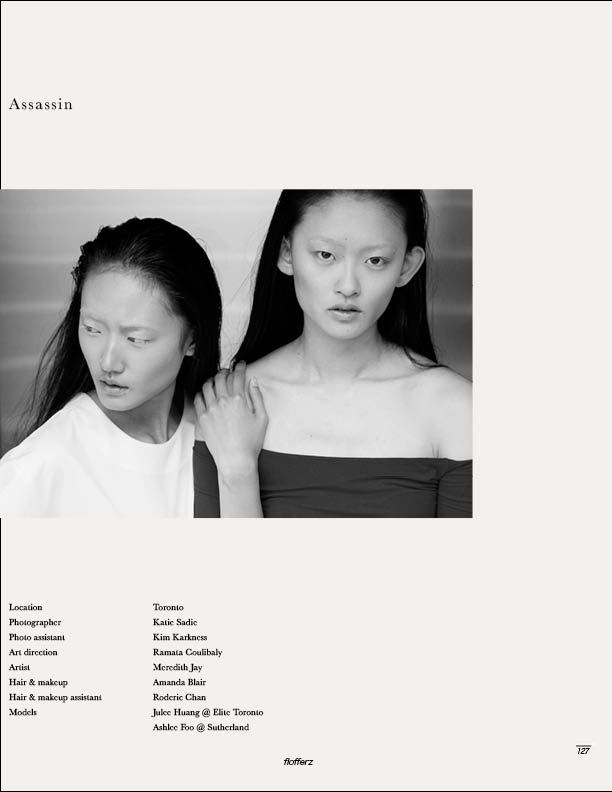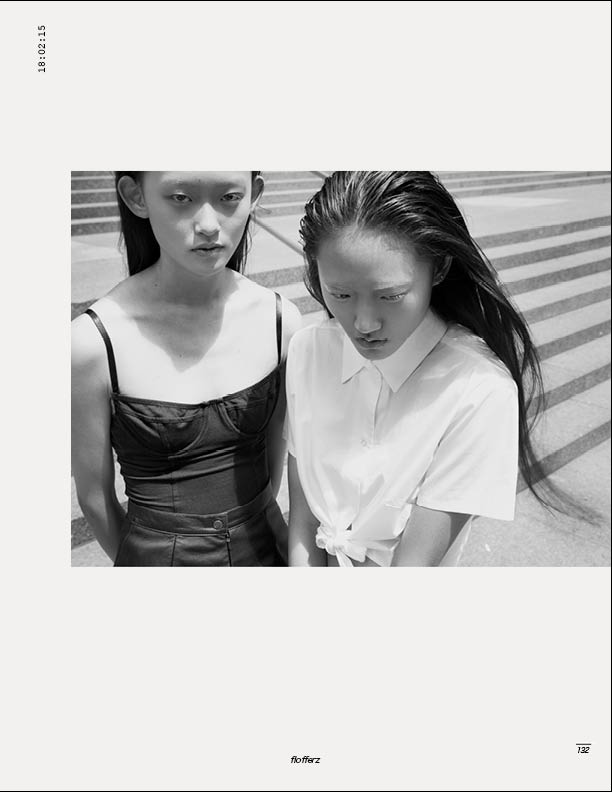The world of Maya Rochat is composed of sequins and other miscellaneous shining objects such as illustrations, and strange characters. Only Queen Maya can put an order in her kingdom of multiple treasures. In reality, all this chaos is subject to the rules established by this Swiss (and German) artist, the comment written in brackets is the proof of psychological particularities of this nation.
Glitter orgy is my dream. Vote for me. A plastic tool. In her series the artist takes the stage and establishes a dialogue with the public. The images are far from axiomatic. Very suggestive, they invite us to make our own assumptions and create our personal storylines.
Indeed, Maya reasons by ideas which each time take a different form: sometimes a photo, a video, a collage. And even within the chosen medium, she creates an infinite number of variations. Pondering consumerism in art, due to the digitalization of everything surrounding us, the artist adds a detail giving birth to a new piece. Gathered together, these scattered pieces result in smooth installation.
Photography, which from the outset was intended to demonstrate in great detail the reality is here diverted. Cut, pasted, painted, these clichés are not misleading but rather aim to reveal what was hidden behind the lisseté (see "Sabotage lovers" by Amélie Nothomb) of prints.
Written by Maria Shakhnova





























